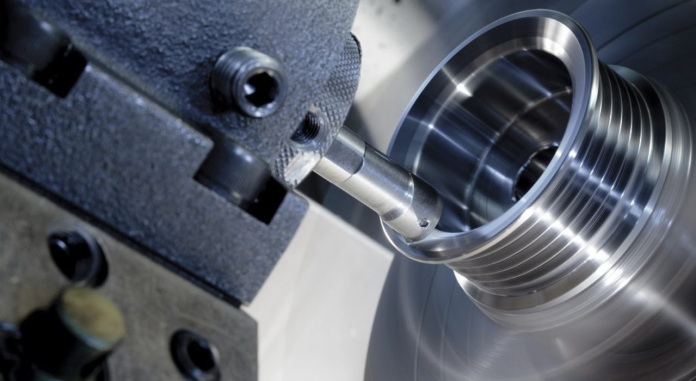TPR, or Thermoplastic Elastic, is a versatile cloth that consolidates the houses of elastic with the processability of plastics. This material is made by mixing elastic and plastic polymers, bringing approximately a substance that is adaptable, robust, and recyclable. Conventional plastic processing techniques like injection, extrusion, and blow molding can be used to mold TPR. It is commonly applied in unique ventures, along with automobiles, shoes, toys, and medical devices.
TPR is inclined toward its astounding flexibility, elasticity, and scraped area obstruction. It tends to be shaded, over-molded, and formed to be straightforward or dark. To learn more about our services visit our website https://www.longshengmfg.com/what-is-tpr-material-and-what-is-it-used-for/ Furthermore, TPR is harmless to the ecosystem because of its recyclability. Regardless of its moderate protection from synthetic substances and UV light, TPR stays a financially savvy, sturdy choice for some applications where adaptability and toughness are fundamental.
Additives Are Commonly Used In TPR
To further decorate the overall performance and tailor the properties of TPR for specific applications, various components are incorporated into its method. These components play an important role in modifying characteristics along with flexibility, sturdiness, shade, balance, and processability. This article delves into the not-unusual components utilized in TPR, exploring their functions and the advantages they communicate to the material.
Plasticizers
Plasticizers are critical additives used to grow the ability and workability of Thermoplastic Rubber (TPR). They lessen the glass transition temperature (Tg), making TPR softer and greater pliable. Not unusual plasticizers consist of phthalates, adipates, and citrates. Phthalates are efficient but regulated because of fitness troubles, adipates provide appropriate flexibility with reduced volatility, and citrates are non-poisonous and biodegradable, suitable for excessive-safety programs like medical devices and children’s toys. The type and amount of plasticizer are adjusted to meet particular hardness and versatility necessities in TPR formulations.
Stabilizers
Stabilizers are vital additives in TPR, improving its thermal and UV balance to prevent degradation and boom its lifespan. Heat stabilizers, which consist of metal stearates, organotin compounds, and phosphites, defend TPR within the route of processing and immoderate-temperature use. UV stabilizers, like hindered amine mild stabilizers (HALS) and UV absorbers, shield TPR from ultraviolet radiation, stopping discoloration and brittleness. Those stabilizers make certain that TPR maintains its mechanical houses and appearance beneath diverse environmental situations.
Colorants
Colorants are additives utilized in TPR to impart desired sun shades and aesthetic houses. They consist of pigments and dyes. Pigments, which consist of titanium dioxide (white) and carbon black (black), offer opaque, colorful hues with high-quality balance and resistance to fading. Dyes, which might be soluble, offer colorful and clean transparent or translucent effects however may have decreased balance in comparison to pigments. The selection between pigments and dyes relies upon the particular color and common performance necessities of the TPR application.
Fillers
Fillers are components used in TPR to decorate mechanical properties, reduce fees, and enhance processing. Common fillers include talc, which will increase stiffness and heat resistance; calcium carbonate, which adds pressure and lowers production costs; and silica, which improves abrasion resistance and thermal balance. Fillers enhance the polymer matrix, enhancing energy and dimensional stability even as also potentially reducing fabric charges via partly replacing the polymer with much less luxurious substances.
Lubricants
Lubricants are additives used in TPR to improve processability by way of decreasing friction between the polymer and processing equipment. They enhance flow houses, making molding and extrusion easier. Not unusual lubricants consist of stearates, together with calcium and zinc stearate, which act as internal lubricants to ease mold launch, and waxes, like polyethylene and paraffin wax, used as external lubricants to improve floor properties. Those lubricants ensure smoother processing and higher surface finish of TPR merchandise.
Sum Up
The incorporation of diverse components into TPR formulations plays a critical position in enhancing the material’s residence and performance. Plasticizers, stabilizers, colorants, fillers, and lubricants, each contribute to making TPR a flexible and adaptable material appropriate for a huge range of packages. Know-how the features and advantages of these components allow manufacturers to tailor TPR to satisfy particular necessities, making sure of top-of-the-line overall performance in diverse industries.







